Optimal Conditions for Concrete Repairs
Concrete repairs are most effective when performed under suitable weather conditions. Temperature, humidity, and precipitation significantly influence the curing process and the longevity of repairs. Optimal conditions typically involve moderate temperatures and low moisture levels, which help ensure proper setting and bonding.
These seasons generally offer mild temperatures and lower humidity, ideal for concrete repairs. Performing repairs during these periods minimizes the risk of rapid drying or freezing.
High summer heat can cause rapid evaporation, leading to cracks, while freezing temperatures can hinder curing. Repairs should be scheduled when temperatures are consistently between 50-85°F.
Dry weather ensures proper curing and bonding. Heavy rain or high humidity can compromise the repair process and lead to future issues.
Maintaining stable conditions during curing, such as moderate temperatures and low moisture, results in stronger, more durable repairs.
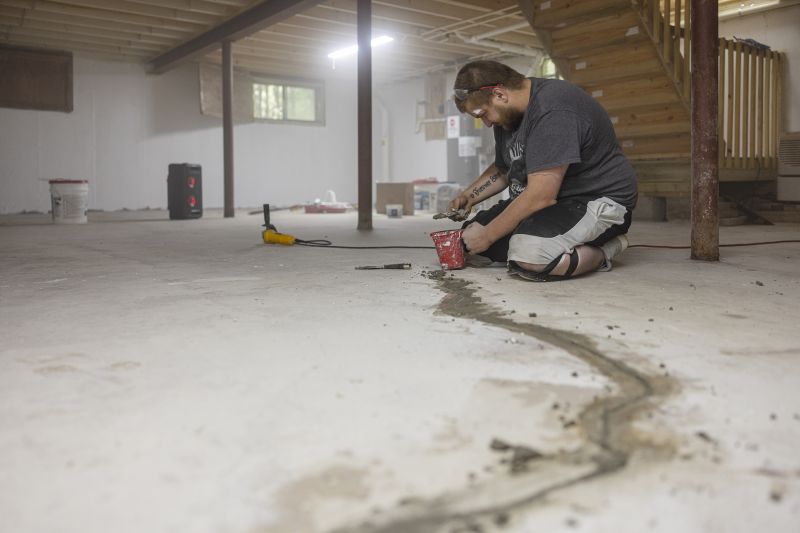
Ways to make Concrete Repairs work in tight or awkward layouts.
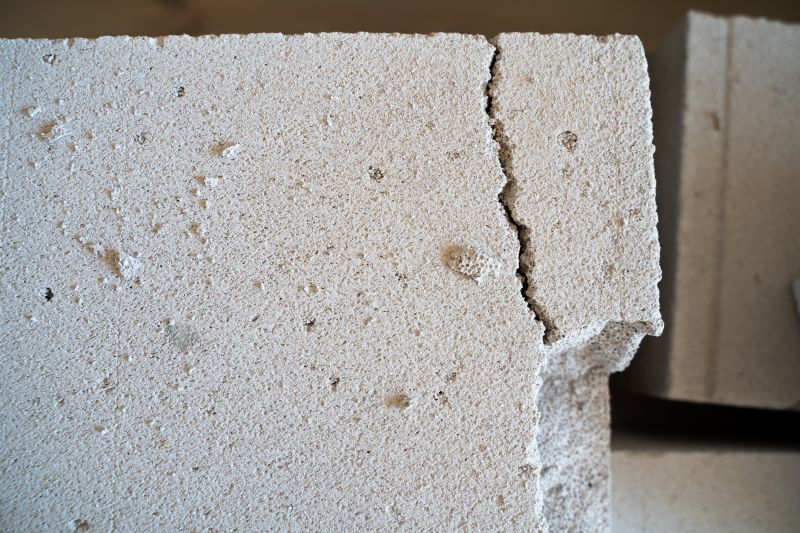
Popular materials for Concrete Repairs and why they hold up over time.
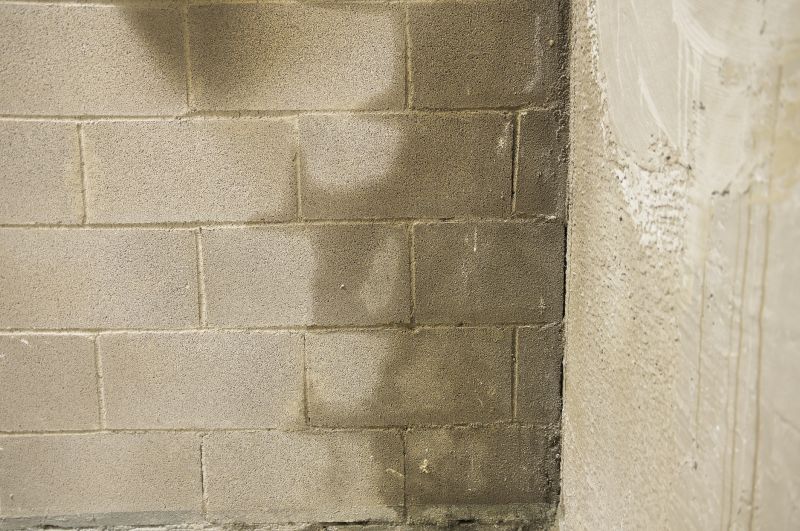
Simple add-ons that improve Concrete Repairs without blowing the budget.

High-end options that actually feel worth it for Concrete Repairs.
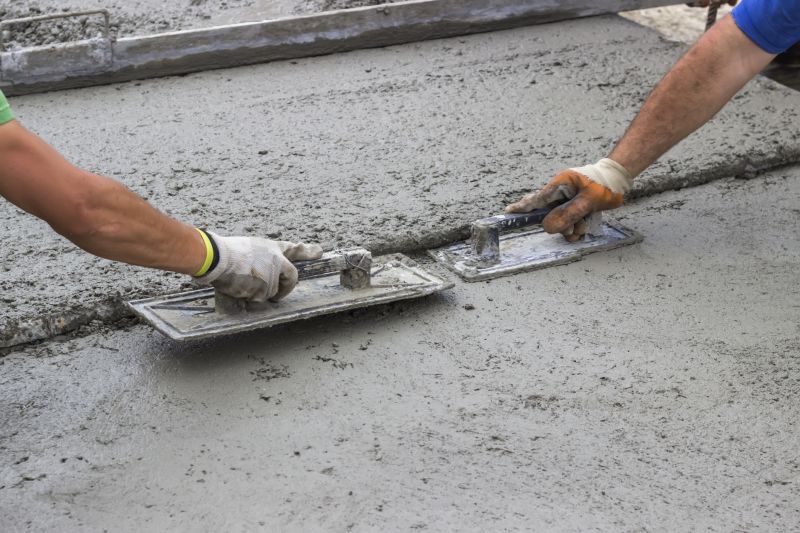
Finishes and colors that play nicely with Concrete Repairs.
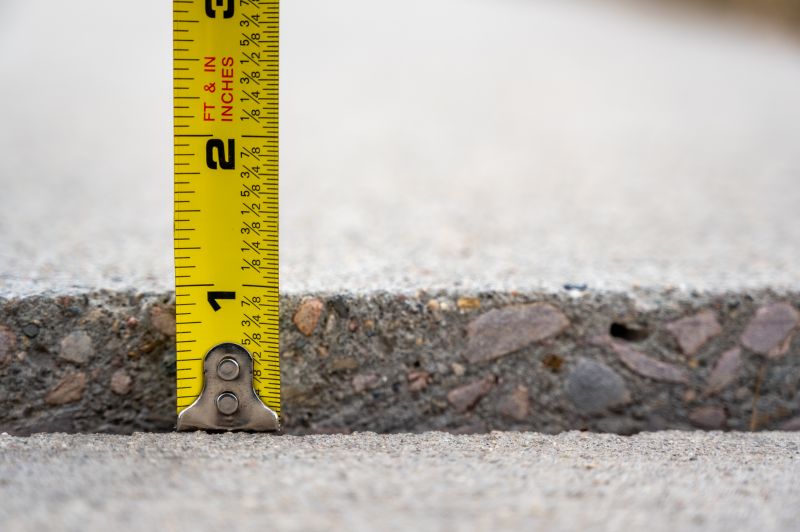
Little measurements that prevent headaches on Concrete Repairs day.

A 60-second routine that keeps Concrete Repairs looking new.
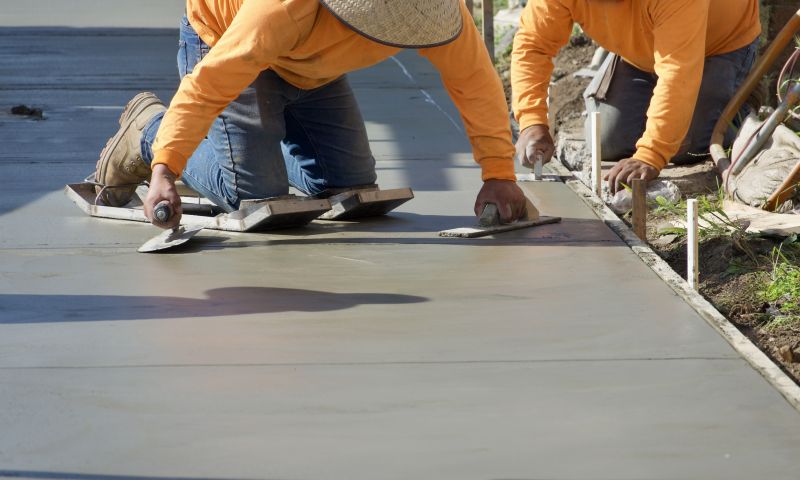
A frequent mistake in Concrete Repairs and how to dodge it.
| Season | Recommended Conditions |
|---|---|
| Spring | Moderate temperatures, low humidity, dry days |
| Summer | Early morning or late evening, avoid extreme heat |
| Fall | Mild weather, stable temperatures, dry conditions |
| Winter | Not recommended unless climate-controlled environments |
| Rainy periods | Postpone repairs until dry weather |
Concrete repairs involve restoring damaged or deteriorated concrete surfaces to ensure structural integrity and aesthetic appeal. Proper timing is crucial for maximizing repair durability and minimizing future issues. Weather conditions directly impact the curing process, which is vital for achieving strong, long-lasting results. Inappropriate timing can lead to problems such as cracking, weak bonding, or uneven curing, ultimately increasing repair costs and frequency.
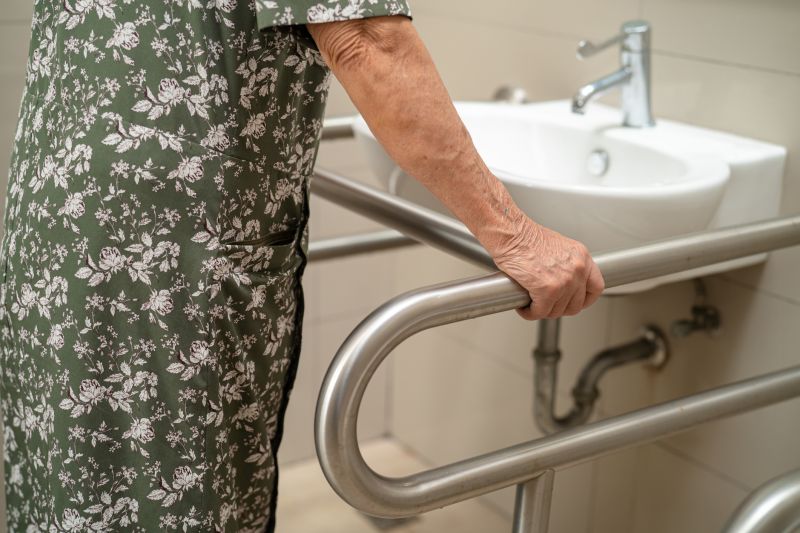
Small tweaks to make Concrete Repairs safer and easier to use.
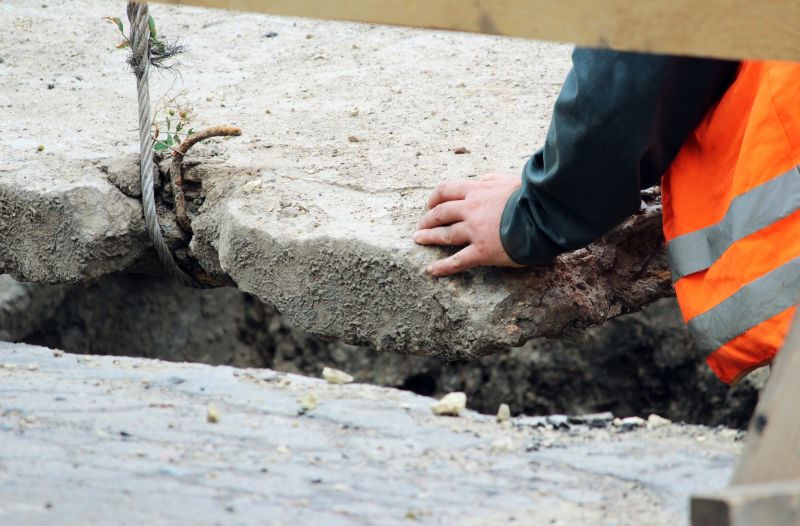
Lower-waste or water-saving choices for Concrete Repairs.
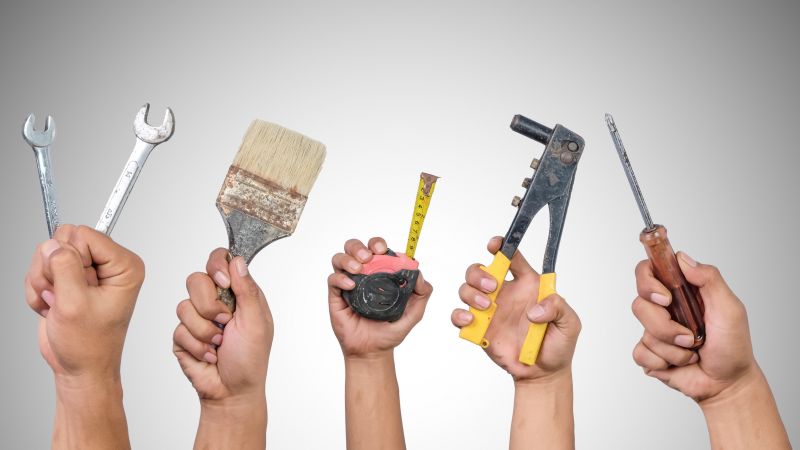
The short, realistic tool list for quality Concrete Repairs.
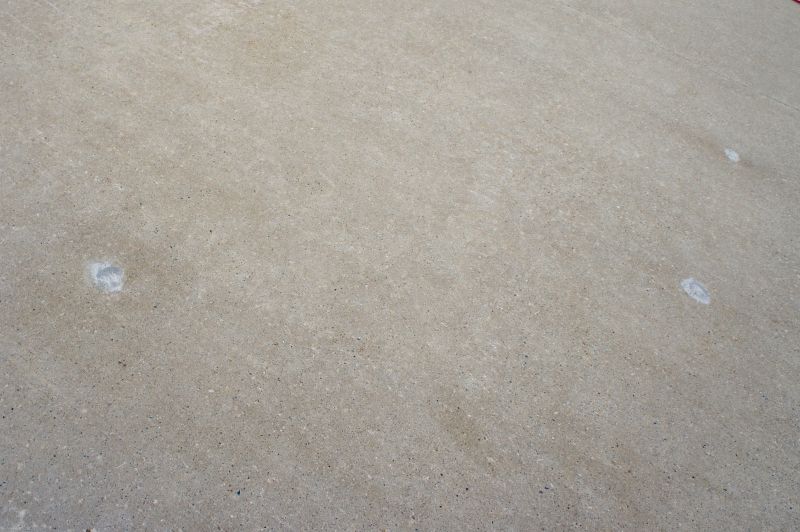
Rough timing from prep to clean-up for Concrete Repairs.

Quick checks and paperwork to keep after Concrete Repairs.
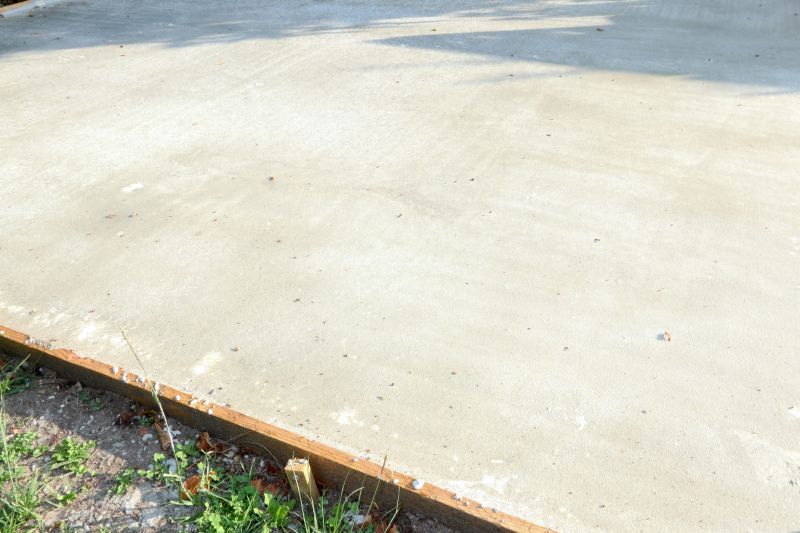
Examples that show the impact a good Concrete Repairs can make.
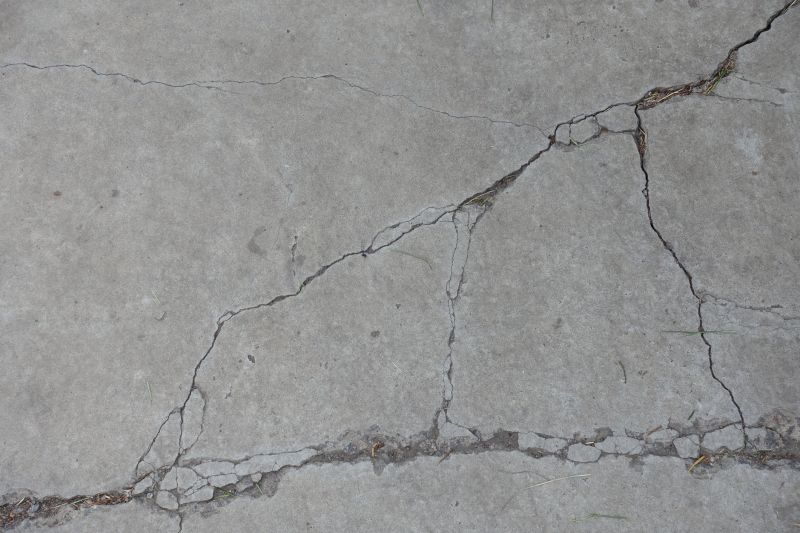
Ways to make Concrete Repairs work in tight or awkward layouts.

Ways to make Concrete Repairs work in tight or awkward layouts.
Interested in scheduling concrete repairs? Filling out the contact form can provide more detailed information and assistance in planning repairs during the optimal season. Proper timing ensures the durability and strength of concrete surfaces, reducing long-term maintenance needs.

